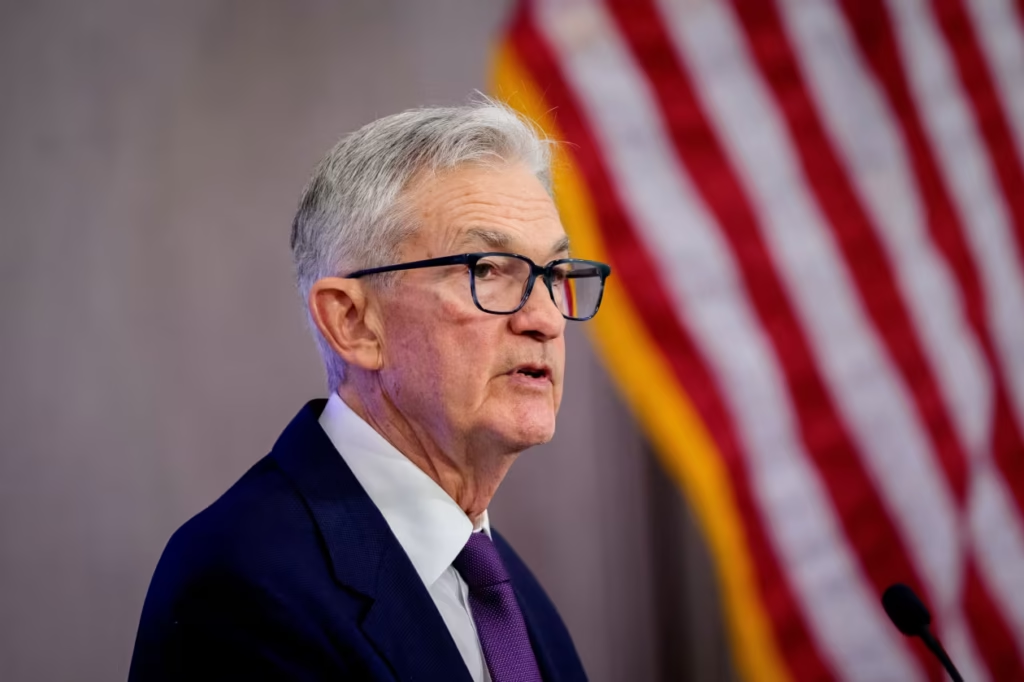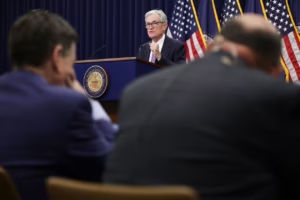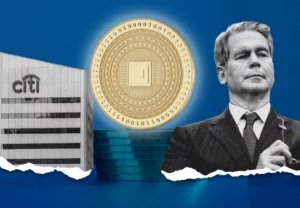The minutes of the Fed’s May 6-7 meeting, released Wednesday, show that while central bank staff were pointing out that the odds of a recession were high, Fed officials were concerned that higher inflation brought on by the White House trade policy could result in long-term higher inflation.
Fed officials supported a cautious approach to interest rates due to the dangers of slower growth and higher inflation. They decided to maintain the benchmark interest rate at 4.25% to 4.5% for the third consecutive meeting.
“Participants agreed that uncertainty about the economic outlook had increased further, making it appropriate to take a cautious approach until the net economic effects of the array of changes to government policies become clearer,” the minutes stated.
“Almost all” Fed officials discussed the possibility that “inflation could prove to be more persistent than expected,” the minutes state.
Some economists, like Fed Governor Christopher Waller, have contended that tariff-induced price increases may be temporary and lead to a one-time change in the level of prices.
Fed officials emphasized that they could not allow the public to start expecting price increases. The Fed’s economic theory states that businesses have the right to raise prices when customers anticipate greater prices.
Since the end of the epidemic, inflation has been higher than the Fed’s target, which may make people “particularly sensitive” to inflation in the future.
In addition to raising their inflation forecast, Fed staff predicted that the labor market would deteriorate significantly and that the unemployment rate would begin to increase significantly by the end of the year and remain high through 2027.
“The staff viewed the possibility that the economy would enter a recession to be almost as likely as the baseline forecast,” according to the minutes.
The first quarter saw a small contraction in the economy. In their remarks, Fed officials seemed less worried about the economic prospects than the staff. However, according to some officials, consumers may begin saving more, which could lower demand.
What the Fed would do if inflation continued to rise and the economy and unemployment declined is a topic of disagreement among economists.
Some concerns that the economy would plunge into a recession too soon have subsided as a result of the temporary trade-war truce between the United States and China.
While many economists believe the Fed is serious about combating inflation, some Wall Street investors believe the Fed will rush to save the economy.
It is anticipated that the central bank would continue to wait and see. On June 17–18, Fed officials will meet.
This year, traders have factored in two quarter-point rate decreases, the first of which is scheduled for September.





